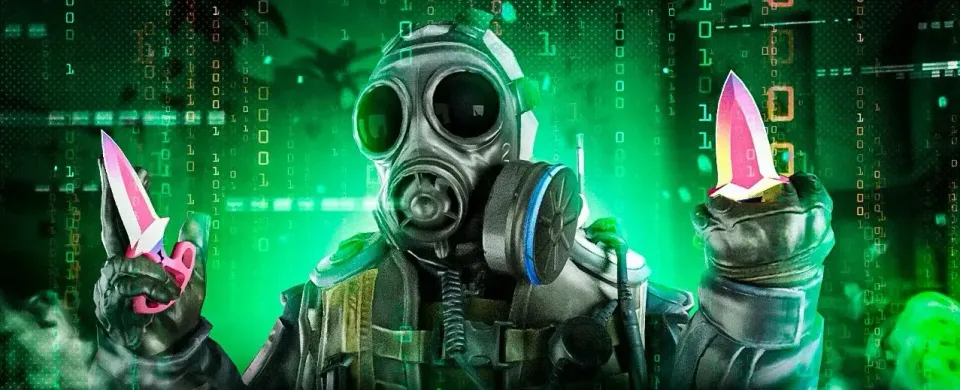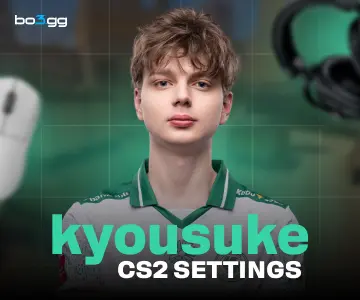
Valve has been working hard to fix bugs in Counter-Strike 2, improving things like peeking and hitboxes. But one big problem remains: cheaters. Many players feel cheaters are everywhere and rarely get banned, whether they use free or paid cheats. This makes people question if Valve Anti-Cheat (VAC) is doing enough. Let’s explore why VAC might still be a strong anti-cheat system and what’s going on with cheating in CS2.
Why Are People Upset?
Players are frustrated because they think Valve isn’t doing enough to stop cheaters. Some believe Valve should fire the VAC team or create a system to block cheating software, like what Faceit does. There are even rumors that some players use special devices to cheat and win big online tournaments. Others argue that platforms like Faceit or EASY AC don’t fully solve the problem—they might just let cheaters compete without getting caught. So, what’s Valve’s plan? Could they know more about cheating than we think?

What Are Cheats?
To understand VAC, we need to know how cheats work. Here are the main types:
- Inject Cheats: These are cheap and common. They’re programs that players download to change the game’s code, giving them things like wall hacks (seeing through walls), speed boosts, or fake skins.
- Internal & External Cheats: These are harder to spot. Instead of changing the game, they read information from your computer, like where other players are, and show it on your screen.

Why Isn’t It Easy to Stop Cheats?
It might seem simple to stop cheats by scanning a player’s computer for bad programs. Faceit tries this with a system that checks your computer deeply, even before Windows starts. But cheaters still find ways around it. Some cheats don’t even run on the player’s computer, making them tough to catch.
How Does VAC Work?
Valve has dealt with cheaters for years, so they likely understand cheating well. If VAC tried to block every type of cheat aggressively, cheaters might turn to advanced tools like DMA cards, which could make things worse—even on platforms like Faceit.
VAC might use a system called VAC Net, which works with something called Trust Factor. If the game thinks someone might be cheating but isn’t sure, Trust Factor lowers their score and matches them with other suspicious players. If they’re innocent, they’ll move back to normal games quickly. But if they keep acting like a cheater, they could get banned.

Why VAC Deserves Praise
Valve Anti-Cheat (VAC) often gets criticism, but it’s worth recognizing the impressive work it does behind the scenes. VAC is a sophisticated system that has been battling cheaters for years across Valve’s games, including Counter-Strike 2. Its strength lies in its ability to evolve quietly, catching cheaters without always tipping them off. Unlike some anti-cheat systems that rely on heavy-handed scans or invasive methods, VAC strikes a balance by protecting player privacy while still targeting malicious software effectively.
VAC’s use of advanced tools like VAC Net, which analyzes gameplay patterns to spot suspicious behavior, shows Valve’s commitment to staying ahead of cheaters. Pairing this with Trust Factor, VAC smartly sorts players to keep fair matches intact, minimizing disruptions for honest gamers. The fact that Valve has kept VAC running smoothly across millions of players for so long is no small feat—it’s a testament to their expertise and dedication to making CS2 a fun, fair experience.


What’s Next?
It’s hard to know exactly what Valve is doing, but they’re likely improving VAC behind the scenes. By the end of the year, we might see something better than Faceit or other anti-cheat systems. For now, stay patient and good luck in your CS2 matches!




No comments yet! Be the first one to react